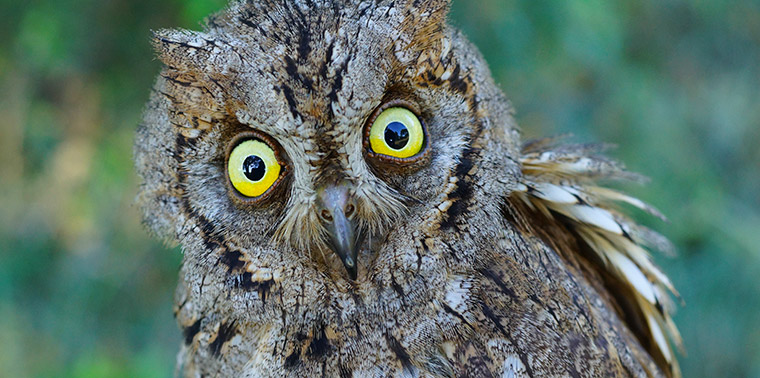January 18, 2017 — For public land managers, policy-makers, natural resource specialists, farmers, ranchers and others in the business of protecting and renewing the world’s diverse ecosystems, it’s easy to get lost in a sea of studies and strategies. How does a person determine which solutions will yield the best results in any given situation?
What Works in Conservation 2017, a free online book just published by University of Cambridge conservation specialists, aims to help conservation workers navigate that sea. With the guidance of an international team of experts, the book summarizes, organizes and evaluates the outcomes of specific conservation practices reported in more than 150 scientific journals as well as in unpublished reports and other literature from around the world. By providing detailed information on various practices and outcomes, it attempts to answer the questions: What worked? What looked promising, but didn’t end up making a difference in the long haul? What actually ended up doing more harm than good? And in what context?
The results are categorized by type of organism, type of threat, type of conservation action and whether the intervention is likely to be beneficial, have unknown effectiveness, or be ineffective or harmful. Each action is rated on a scale, based on the quality of evidence available, potential risks and harms, and overall effectiveness.
Take bird conservation, for example. On a global scale, agriculture is a threat to biodiversity — bird biodiversity included. What Works in Conservation assessed 38 studies of agricultural lands and found that 32 showed that growing grassy buffer zones around plowed fields reduced soil erosion and boosted bird and small mammal biodiversity. On the flip side, the report rates efforts spent cleaning bird after bird in the wake of an oil spill before releasing them back into the wild as “unlikely to be beneficial” based on studies from South Africa, Australia the U.S. and Canada that found cleaning oil-burdened birds such as penguins, plovers and guillemots in most cases did not benefit them and in some instances even lowered their chances of survival.
Other topics covered in the book include conserving amphibians, bats and farmland species; controlling freshwater invasive species; enhancing soil fertility; and protecting forest ecosystems. To learn more, read the book free online or download the PDF, click here. ![]()
Ensia shares solutions-focused stories free of charge through our online magazine and partner media. That means audiences around the world have ready access to stories that can — and do — help them shape a better future. If you value our work, please show your support today.
Yes, I'll support Ensia!
